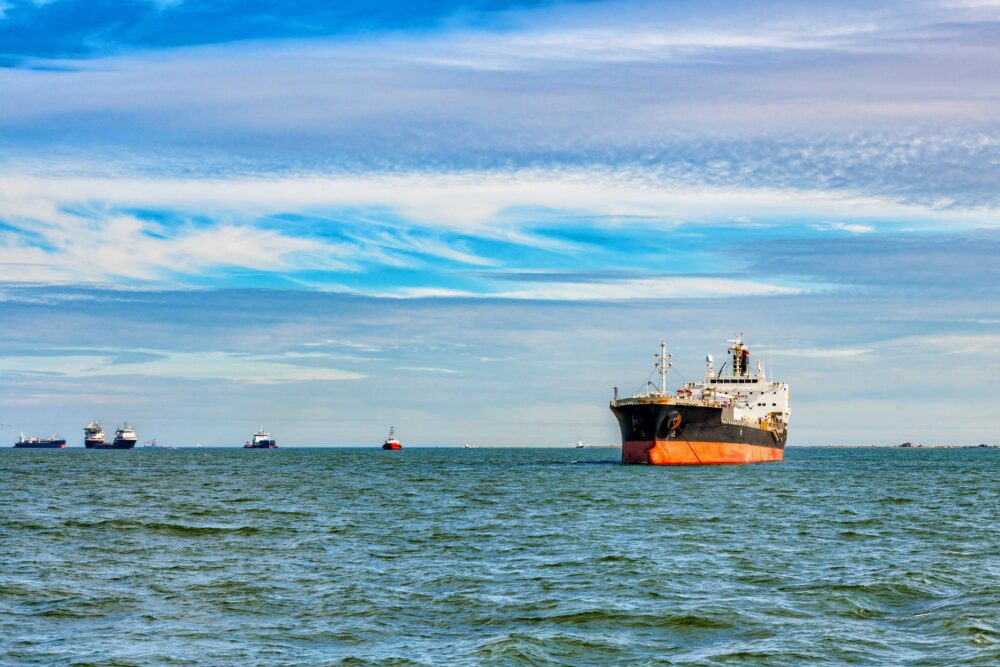The Texas Gulf Coast is an undoubtedly massive commerce zone that impacts the entirety of the United States.
Producing one-third of the nation’s oil is no small task, and Houston-Galveston port reports show that at a peak in 2018, more than 15,000 barrels of oil were exported every day.
The ports also receive imports that are distributed out to the rest of Texas, keeping the state up and running. However, these valuable Texas resources are now at risk due to rising sea levels.
According to the United Nations, climate change has reached a “code-red” status.
The report shows that the world is heating at a pace not seen within the last 2,000 years and that carbon dioxide levels are at their highest in two million years. Hotter temperatures cause melting ice near the poles, in turn causing sea levels to rise.
The National Oceanic and Atmospheric Administration has monitored sea levels over the last 100 years and found that they have risen two feet along the Texas coast during that time.
In the Galveston area, sea levels are increasing at a rate of a couple of millimeters per year.
Those numbers may not be concerning to some, but Dr. Phillipe Tissot says rising sea levels are only a fraction of the total equation.
Tissot is the Interim Director of the Conrad Blucher Institute and a professor at Texas A&M University in Corpus Christi.
He claimed to reporters that not only are sea levels rising, but the land is also sinking. He claimed that pumping out underground fluids, like water or oil, leaves a cavity below, giving the ground above room to sag.
But not everyone agrees with that statement. Oil is taken from porous rock, not underground lakes or aquifer-type caverns.
Popular Science explains, “Petroleum deposits, which are naturally mixed with water and gas, lie thousands of feet below the earth’s surface in layers of porous rock, typically sandstone or limestone. (Contrary to what you might imagine, drilling for oil is more like sucking oil from a sponge with a straw than from a giant pool of liquid.)”
When the oil is removed, what is left “is equivalently strong [as] concrete” according to Chris Smith.
Yet Tissot predicts that Texas will face some of the worst sea-level rises in the country in the future.
“Longer term, what are we going to have either do is spend quite a bit of money to adapt or move out,” Tissot tells WFAA News. Imaging and research from Climate Central show that Space Center Houston, Gulf Coast refineries, and Corpus Christi are “vulnerable” to sea-level rise.
Tissot claims If carbon emissions are cut according to current plans, UN studies show that the rate at which sea levels are rising can be slowed drastically. In that case, only a few coastal parking lots would be underwater, Tissot says.

